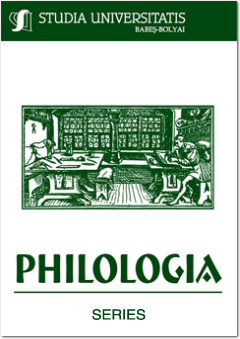THREE TYPES OF HUMOROUS FRAGMENTS IN KURT VONNEGUT’S SLAUGHTERHOUSE FIVE
THREE TYPES OF HUMOROUS FRAGMENTS IN KURT VONNEGUT’S SLAUGHTERHOUSE FIVE
Author(s): Alexandru OlteanSubject(s): Language and Literature Studies
Published by: Studia Universitatis Babes-Bolyai
Keywords: humor; semantic script; humorous fragment; punch lines; jab lines; Kurt Vonnegut; Slaughterhouse Five.
Summary/Abstract: Three Types of Humorous Fragments in Kurt Vonnegut’s Slaughterhouse Five. The following article represents a first step in an ongoing work to determine the nature of humor in the works of Kurt Vonnegut. Here I focus on “Slaughterhouse Five” – probably the author’s most important and complex novel – and provide a linguistic analysis of what can be called the ‘humorous fragments’ of the text. Both the method through which the fragments in question are identified and the way this paper approaches them are based on Victor Raskin’s “Semantic Script-Based Theory of Humor” developed in 1985 and on some more recent considerations made by his colleague Salvatore Attardo. The purpose of this paper is to show how adopting Raskin’s theory (originally developed for joke-like texts) to the novel can aid in extracting the elements of humor from such a large text, thus helping to map out the characteristics of the humor used in the novel as a whole.
Journal: Studia Universitatis Babes-Bolyai - Philologia
- Issue Year: 57/2012
- Issue No: 3
- Page Range: 217-228
- Page Count: 12
- Language: English

